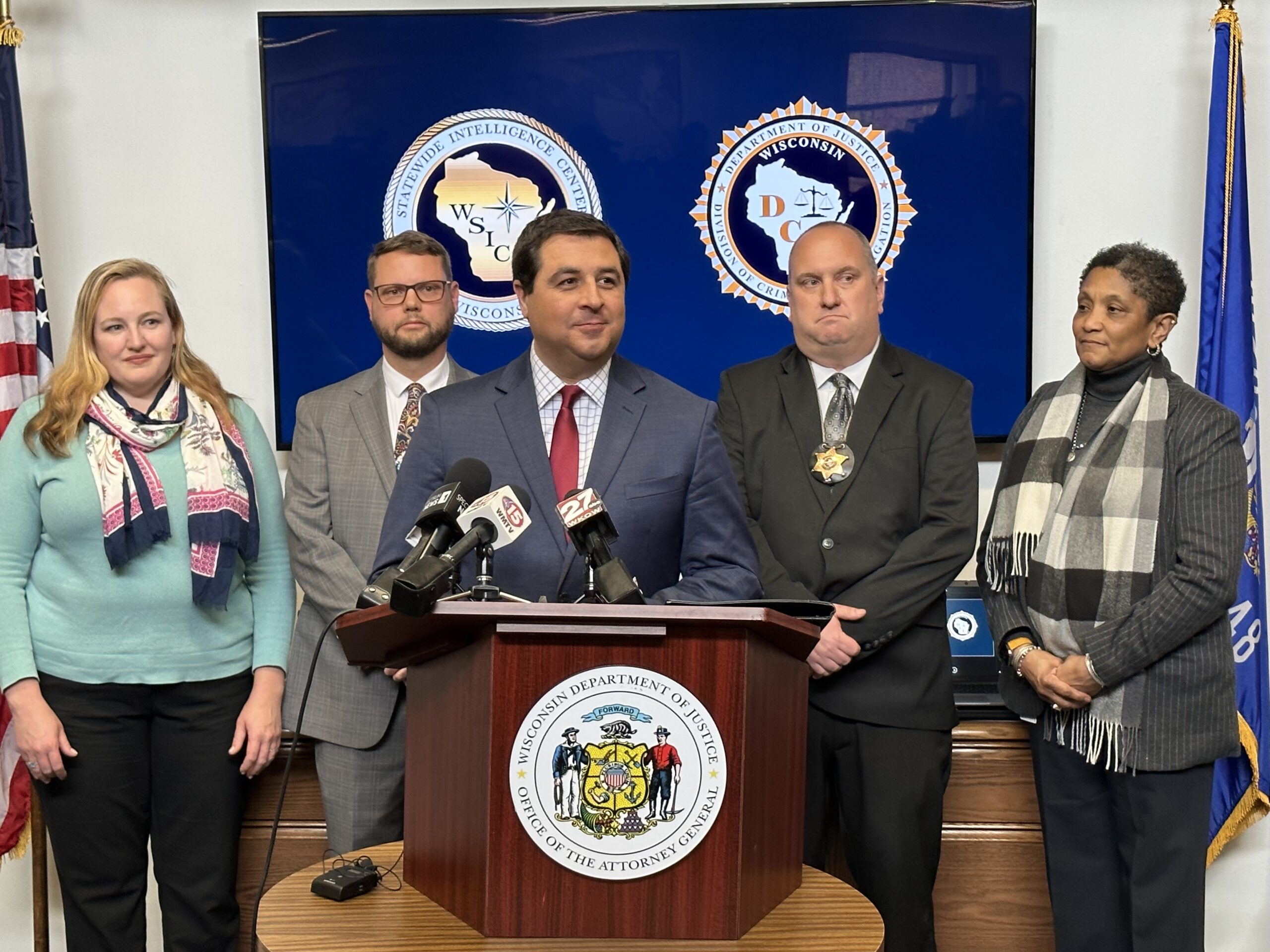Seventh Circuit rules in jury instruction case
By: dmc-admin//January 25, 2010//
A recent opinion (PDF) from the Seventh circuit should be read as a caution against changing the standard jury instructions regarding causation in criminal cases.
But it is also interesting reading for any attorney, in criminal or civil court, on causation generally.
Writing for the court, Judge Richard Posner observed, “Causation is an important issue in many cases in a variety of fields of law and has been so for centuries. Yet it continues to confuse lawyers, in part because of a proliferation of unhelpful terminology (for which we judges must accept a good deal of the blame).”
Rex and Everly Hatfield were charged in Illinois federal court of distributing controlled substances, resulting in death or serious bodily injury – four deaths and one serious bodily injury, to be exact.
In accordance with the standard instructions, the district court instructed the jury that it had “to determine whether the United States has established, beyond a reasonable doubt, that the [victims] died, or suffered serious bodily injury, as a result of ingesting a controlled substance or controlled substances distributed by the defendants or by a defendant.”
But then it added, over the defendants’ objection, that the controlled substances distributed by the defendants had to have been “a factor that resulted in death or serious bodily injury,” and that although they “need not be the primary cause of death or serious bodily injury” they “must at least have played a part in the death or in the serious bodily injury.”
The jury found the defendants guilty. They appealed, and the Seventh Circuit reversed the convictions.
Judge Posner began by discussing the confusing state of the law regarding causation, observing that, “In the space of three-and-a-half pages in the government’s brief, we find the following causal terms: proximate cause, actual cause, direct cause, but-for causation, contributing causation, contributory causation, significant causal connection, sole cause, factor in the victims’ injuries, concurrent cause, meaningful role, possible cause, remote cause, and cause in fact.”
The court then posited a hypothetical, in which a defendant sells an illegal drug, and the buyer is killed while secretly ingesting it in a bathroom because the ceiling collapsed.
Although the buyer would not have died had the sale not occurred, the sale of drugs would not be a legal cause of death. However, the court found that the district court’s addition to the standard jury instruction was broad enough to permit a conviction on such facts.
The court asked, “Might [the jury] have thought that if death follows an overdose, the overdose must have ‘played a part’ in the death, even if the death might have occurred without the overdose? Who knows?”
Turning to the remedy, the court concluded it must vacate the convictions, because it could not find the error was harmless.
Each of the five persons who died or were seriously injured had taken multiple drugs, in addition to the ones they purchased from the defendants. The testifying physicians stated that it was more likely that the drugs the defendants supplied were the cause of death, but did not rule out that the other drugs were responsible.
As a result, the court found it unclear what verdicts the jurors would have reached had they been properly instructed, and reversed.
Legal News
- Wisconsin Supreme Court justices question how much power Legislature should have
- Milwaukee’s Common Council now has the most African Americans, women and openly LGBTQ members ever
- Office of School Safety Provides Behavioral and Threat Assessment Management Training Ahead of 25th Anniversary of Columbine Shooting
- Wisconsin Supreme Court to hear arguments in Democratic governor’s suit against GOP-led Legislature
- Lawsuit asks Wisconsin Supreme Court to strike down governor’s 400-year veto
- Wisconsin man pleads not guilty to neglect in disappearance of boy
- ACS Selects University of Wisconsin Law School’s Miriam Seifter for 2024 Ruth Bader Ginsburg Scholar Award
- People with disabilities sue in Wisconsin over lack of electronic absentee ballots
- Wisconsin Republicans ignore governor’s call to spend $125M to combat ‘forever chemicals’
- Native American voices are finally factoring into energy projects
- Steven Avery prosecutor Ken Kratz admits ‘mistakes were made’
- Colombian national extradited to Milwaukee faces International narcotics-trafficking conspiracy charge
WLJ People
- Power 30 Personal Injury Attorneys – Russell Nicolet
- Power 30 Personal Injury Attorneys – Benjamin Nicolet
- Power 30 Personal Injury Attorneys – Dustin T. Woehl
- Power 30 Personal Injury Attorneys – Katherine Metzger
- Power 30 Personal Injury Attorneys – Joseph Ryan
- Power 30 Personal Injury Attorneys – James M. Ryan
- Power 30 Personal Injury Attorneys – Dana Wachs
- Power 30 Personal Injury Attorneys – Mark L. Thomsen
- Power 30 Personal Injury Attorneys – Matthew Lein
- Power 30 Personal Injury Attorneys – Jeffrey A. Pitman
- Power 30 Personal Injury Attorneys – William Pemberton
- Power 30 Personal Injury Attorneys – Howard S. Sicula











